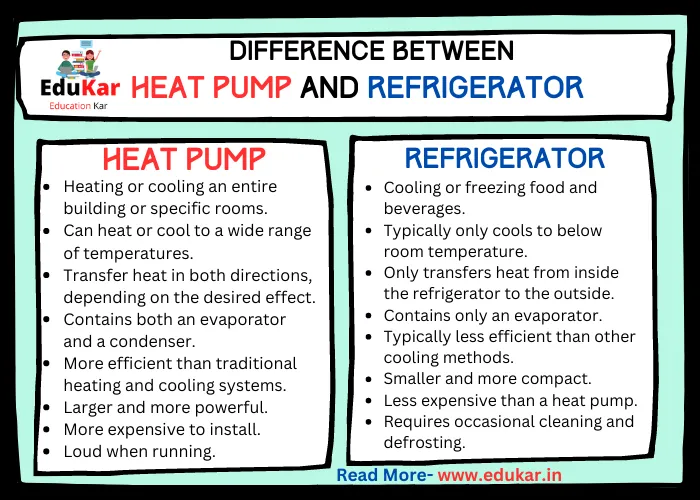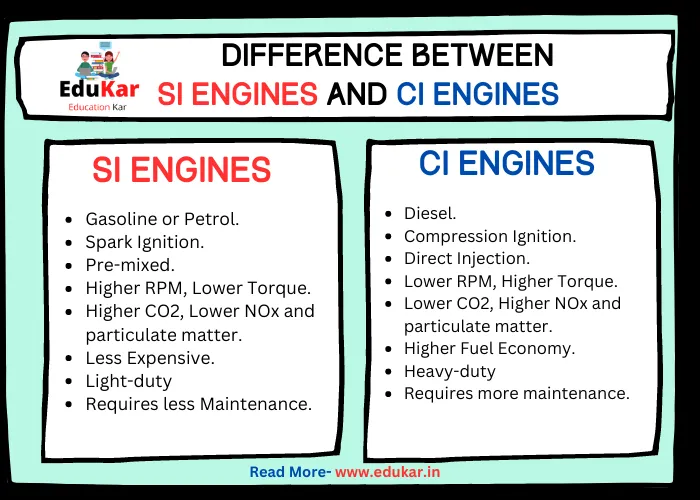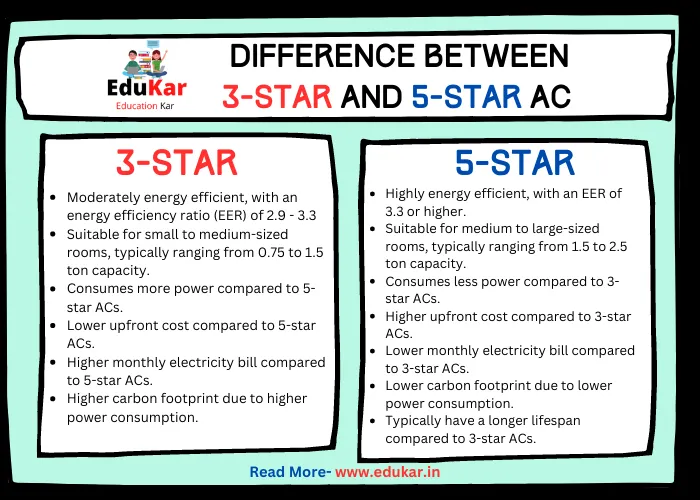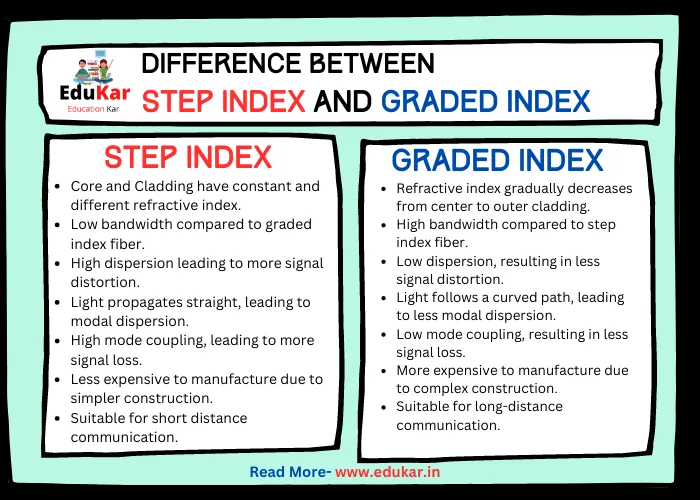Contents
This blog post explains the key differences between IoT and M2M. Discover the technical characteristics, use cases, and challenges of these two technologies, and find out how they can be used together in some settings.
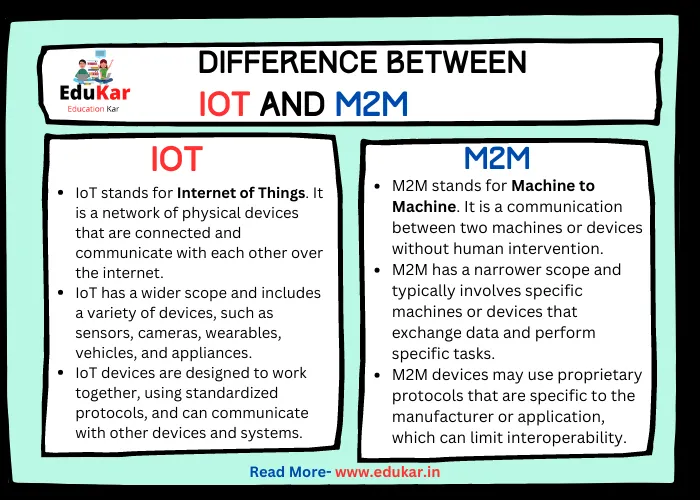
The Internet of Things (IoT) and Machine-to-Machine (M2M) communication are two terms that are often used interchangeably. However, while both concepts deal with connected devices and data exchange, they are fundamentally different. Understanding the differences between IoT and M2M is essential to fully grasp the potential of each technology and use them effectively.
IoT
IoT is a system of interrelated devices, sensors, and computing devices that have the ability to communicate with each other over the internet. These devices are often connected to cloud servers where the data collected from the sensors is stored and analyzed. IoT is known for its ability to make everyday objects “smart” and automate processes.
Characteristics of IoT
- Sensors and devices: IoT devices are embedded with sensors that collect data, which is then sent to the cloud for analysis. These sensors can be anything from temperature and humidity sensors to more advanced sensors like accelerometers and gyroscopes.
- Connectivity: IoT devices are connected to the internet, allowing them to send and receive data from other devices and systems. This connectivity is what makes IoT devices “smart” and allows them to interact with other devices and systems.
- Cloud computing: IoT devices collect a vast amount of data, which is often stored and analyzed in the cloud. This allows for data to be accessed from anywhere, at any time, and enables more advanced analysis.
- Data Analytics: The data collected from IoT devices is often analyzed using machine learning algorithms to provide insights into device performance, usage patterns, and more.
Use cases of IoT
IoT is used in various industries, including healthcare, manufacturing, transportation, and agriculture. Some common use cases of IoT include:
- Smart homes: IoT devices can be used to automate tasks like turning on and off lights, adjusting thermostats, and locking doors.
- Smart cities: IoT can be used to monitor traffic, manage public transportation, and optimize city services.
- Healthcare: IoT can be used to monitor patients, track medication adherence, and enable remote consultations.
- Manufacturing: IoT can be used to optimize manufacturing processes, track inventory, and monitor equipment performance.
M2M
M2M refers to the direct communication between devices without human intervention. This means that devices can communicate with each other and share data without the need for manual intervention. M2M is often used in industrial settings, where machines need to communicate with each other to optimize processes and reduce downtime.
Characteristics of M2M
- Machine-to-machine communication: M2M devices communicate with each other using machine-to-machine communication protocols like MQTT, CoAP, and DDS.
- No human intervention: M2M devices communicate with each other without the need for human intervention, reducing the risk of errors and increasing efficiency.
- Protocol-based communication: M2M devices communicate using protocols that are designed for low-power and low-bandwidth communication.
Use cases of M2M
M2M is used in various industries, including manufacturing, logistics, and energy. Some common use cases of M2M include:
- Predictive maintenance: M2M devices can be used to monitor equipment and predict maintenance needs before a breakdown occurs.
- Logistics: M2M devices can be used to track shipments and optimize routes to reduce costs and improve efficiency.
- Energy: M2M devices can be used to monitor energy usage and optimize consumption, reducing costs and improving sustainability.
Difference between IoT and M2M
| IoT | M2M | |
|---|---|---|
| Meaning | IoT stands for Internet of Things. It is a network of physical devices that are connected and communicate with each other over the internet. | M2M stands for Machine to Machine. It is a communication between two machines or devices without human intervention. |
| Scope | IoT has a wider scope and includes a variety of devices, such as sensors, cameras, wearables, vehicles, and appliances. | M2M has a narrower scope and typically involves specific machines or devices that exchange data and perform specific tasks. |
| Interoperability | IoT devices are designed to work together, using standardized protocols, and can communicate with other devices and systems. | M2M devices may use proprietary protocols that are specific to the manufacturer or application, which can limit interoperability. |
| Intelligence | IoT devices are typically more intelligent and have more computing power, enabling them to perform advanced tasks, such as data analysis and machine learning. | M2M devices are typically less intelligent and have limited computing power, designed to perform specific tasks. |
| Connectivity | IoT devices are typically connected to the internet, enabling remote access and management. | M2M devices may not necessarily be connected to the internet, and communication may occur over local networks or dedicated communication channels. |
| Applications | IoT has a wide range of applications, including smart homes, smart cities, industrial automation, healthcare, and transportation. | M2M is typically used in specific applications, such as industrial automation, asset tracking, and remote monitoring. |
| Data Management | IoT generates a vast amount of data that requires sophisticated management and analysis tools. | M2M generates less data and may not require sophisticated management and analysis tools. |
| Security | IoT devices are vulnerable to cyber threats and require robust security measures to ensure the safety of data and systems. | M2M devices may have less vulnerability to cyber threats, but still require basic security measures to ensure data privacy and system safety. |
| Business Models | IoT has a wide range of business models, including pay-per-use, subscription, and product sales. | M2M typically involves a product or service-based business model, such as pay-per-use or subscription. |
| Complexity | IoT devices can be complex and require significant investment in development and deployment. | M2M devices can be less complex and may require less investment in development and deployment. |
| User Experience | IoT devices are typically designed to provide a better user experience, with intuitive interfaces and seamless connectivity. | M2M devices may not necessarily focus on user experience and may be designed for specific use cases. |
| Standards | IoT is built on standardized communication protocols and technologies, enabling interoperability and scalability. | M2M may not necessarily use standardized protocols and may rely on proprietary technologies. |
| Market | IoT has a larger market potential, with a wider range of applications and use cases. | M2M has a smaller market potential, with more limited applications and use cases. |
| Evolution | IoT is a more recent technology that continues to evolve rapidly, with new innovations and applications emerging. | M2M has been around for several decades and has a more established technology and market. |
| Industry Adoption | IoT has seen widespread adoption across multiple industries, including consumer, healthcare, industrial, and transportation. | M2M has been primarily adopted in industrial and enterprise applications. |
Challenges and Future of IoT and M2M
While IoT and M2M offer many benefits, they also face several challenges.
- Security: As more devices are connected to the internet, the risk of cyber attacks increases. IoT and M2M devices are often vulnerable to attacks, as they may not have robust security features.
- Interoperability: With so many different devices and protocols, it can be difficult to ensure that IoT and M2M devices are interoperable. This can lead to compatibility issues and make it difficult to deploy and manage large-scale deployments.
- Data privacy: With so much data being collected and analyzed, it is important to ensure that user data is protected and used responsibly. This requires robust privacy policies and data protection measures.
Despite these challenges, the future of IoT and M2M looks bright. As more devices are connected to the internet, the potential for new use cases and applications will continue to grow. Advances in technology like 5G and edge computing will also enable more advanced and efficient deployments.
Conclusion
In conclusion, IoT and M2M are two distinct technologies with different characteristics and use cases. While they share some similarities, they are often used in different ways and require different technical solutions. Understanding the differences between IoT and M2M is essential to fully grasp their potential and use them effectively in different settings. As technology continues to evolve, the potential for new use cases and applications will continue to grow, making IoT and M2M an exciting and promising field.
Important FAQs:
What is IoT?
IoT stands for the Internet of Things, which refers to a network of physical devices, vehicles, home appliances, and other items embedded with sensors, software, and connectivity that allows them to connect and exchange data.
What is M2M?
M2M stands for Machine-to-Machine, which refers to a direct communication between two machines or devices using specialized protocols and without human intervention.
Can IoT and M2M be used together?
Yes, IoT and M2M can be used together in some settings. For example, an IoT system may use M2M communication between devices to optimize their performance and reduce latency.
How does IoT benefit businesses?
IoT can benefit businesses in many ways, including improving operational efficiency, reducing costs, and enhancing customer experiences. By connecting devices and collecting data, businesses can gain real-time insights into their operations and make data-driven decisions.
How can businesses leverage IoT and M2M technologies?
Businesses can leverage IoT and M2M technologies in a variety of ways, such as monitoring equipment, optimizing processes, and improving customer experiences. By collecting and analyzing data, businesses can gain insights into their operations and make data-driven decisions to improve efficiency and reduce costs.

